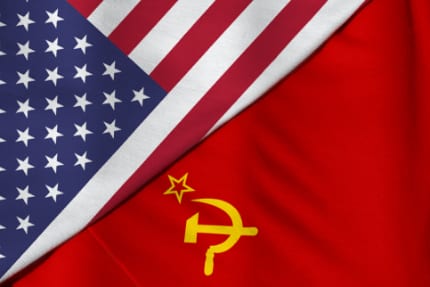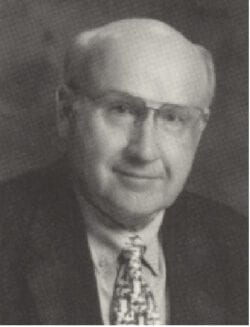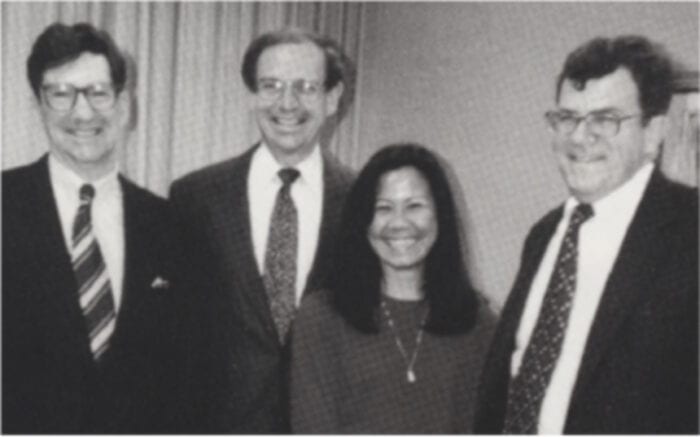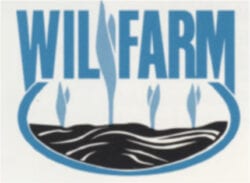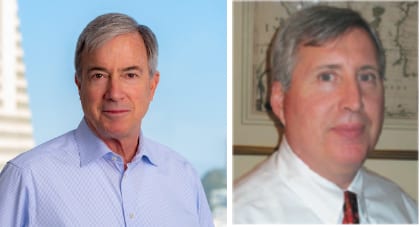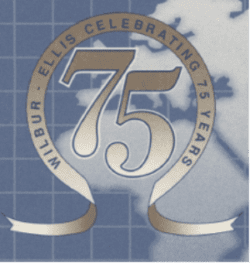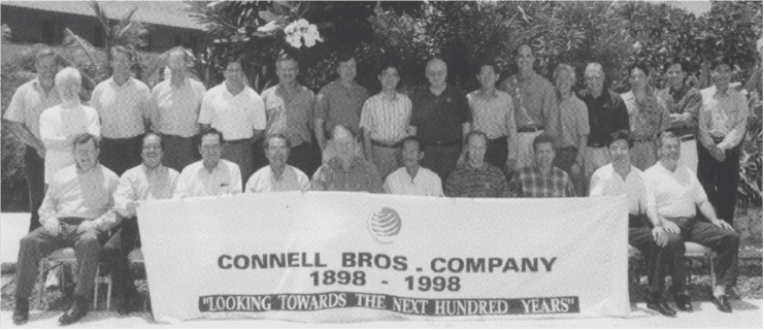Growth, Innovation and Technology Highlight the 1990s
Globally, the 1990s was a time of relative peace and prosperity. The Cold War ended with the collapse of the Soviet Union in 1991. In just a few years, U.S.-Russia relations had thawed, and an American space shuttle docked with a Russian space station for the first time.
There were other breakthroughs, as well. The World Wide Web entered the mainstream, and by the end of the decade nearly 300 million people were using the Internet – beginning a new era in communication, entertainment and business.
But even in a decade of relative calm, the world was shocked when the U.S. experienced the worst act of domestic terrorism to date, with the 1995 bombing of the federal building in Oklahoma City. Globally, there were also growing concerns about chaos erupting if the world’s computers crashed when 1999 turned to the year 2000. Work got underway to fix the Y2K bug … but it was a wait-and-see proposition.
Closer to home, Wilbur-Ellis continued its growth trajectory, making more acquisitions and looking for new ways to serve customers in an increasingly complex marketplace. In 1995, the company took a major step with an important new venture.
